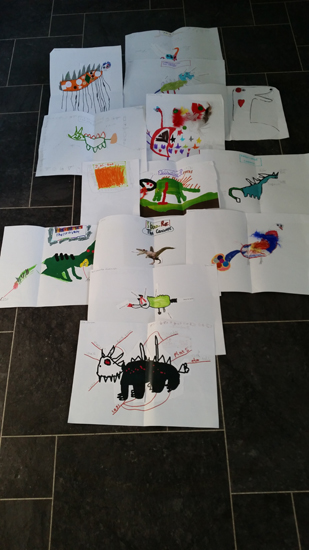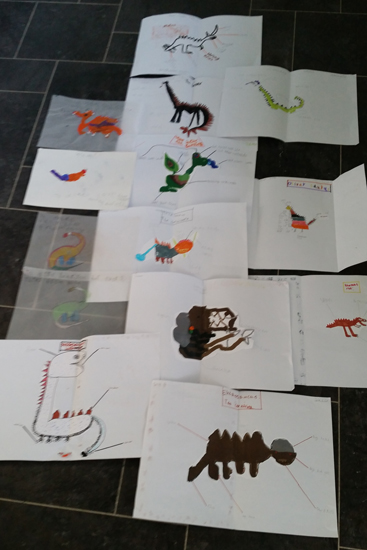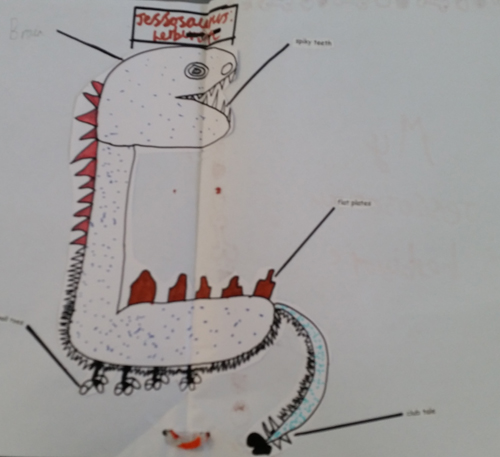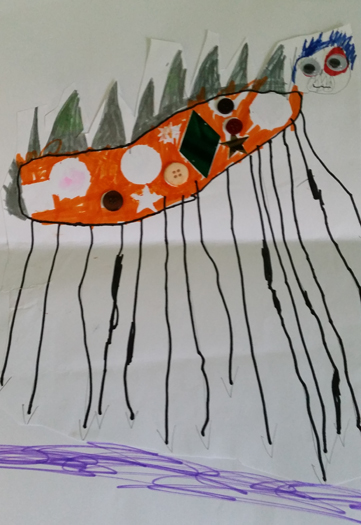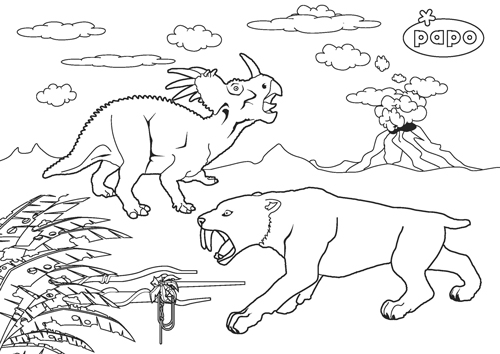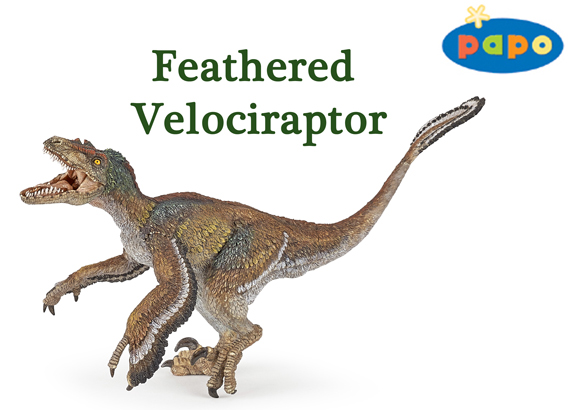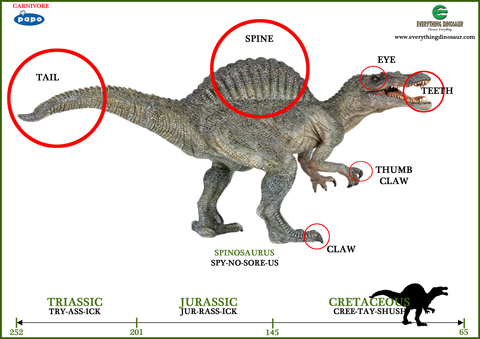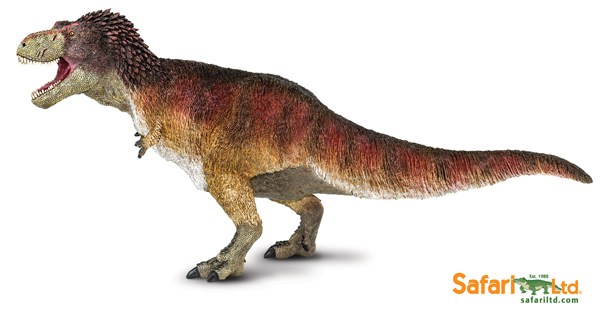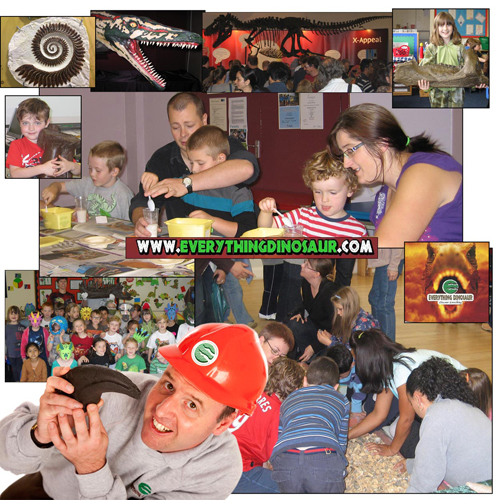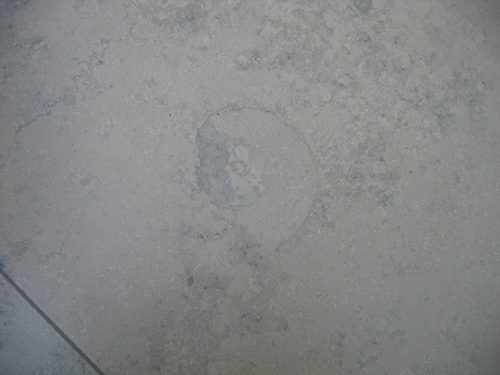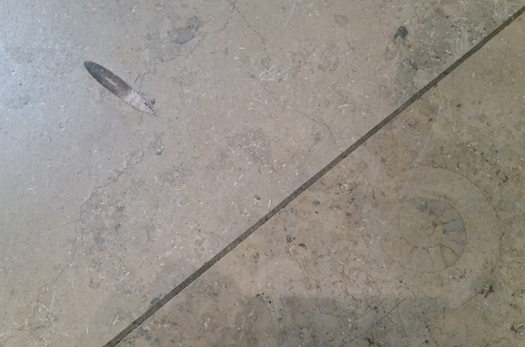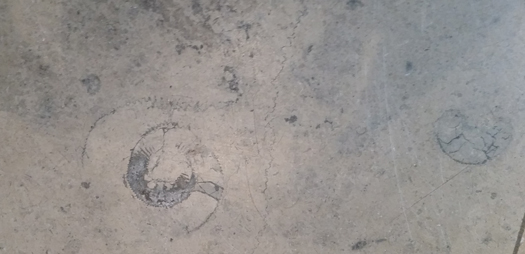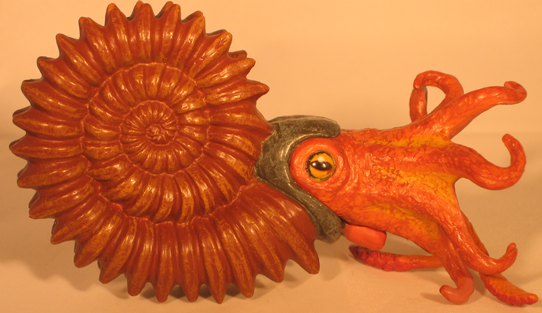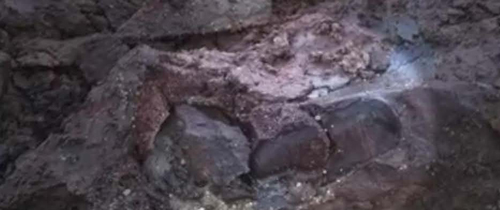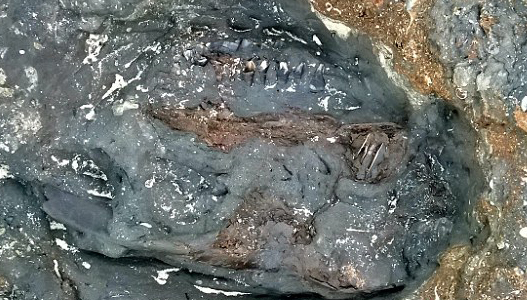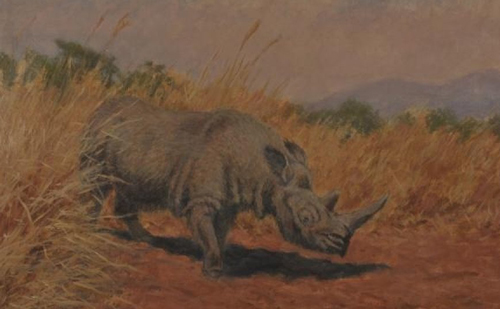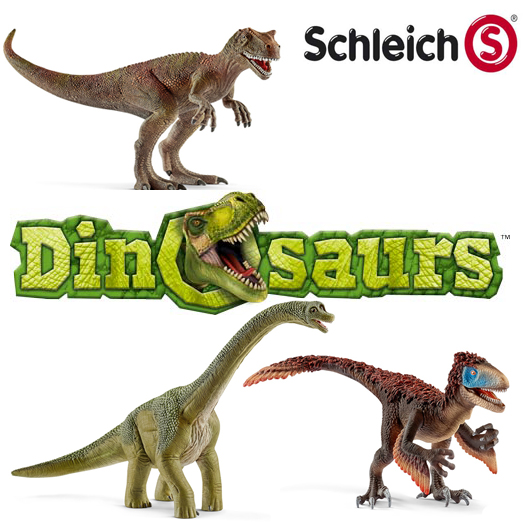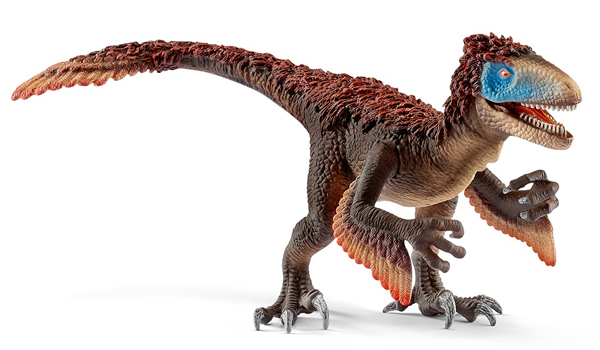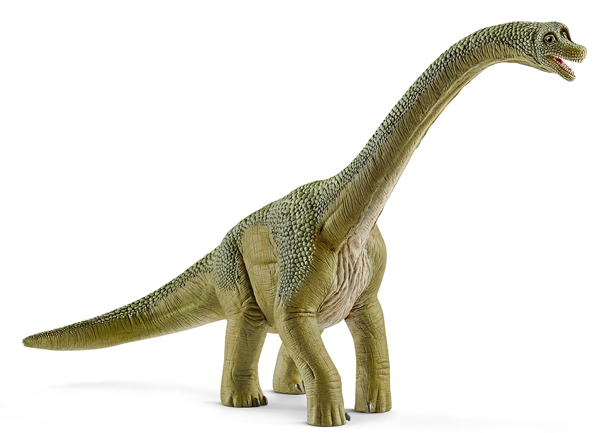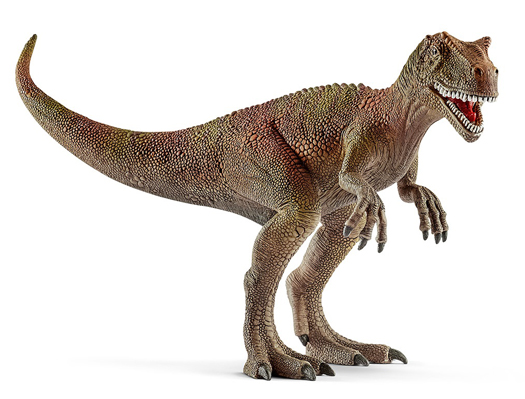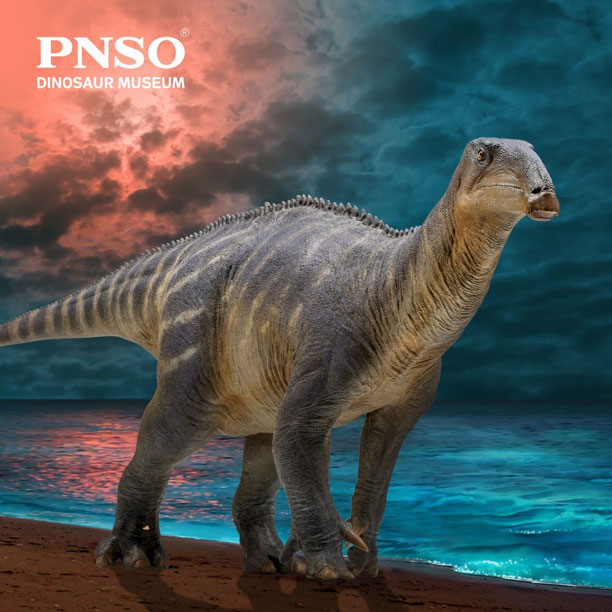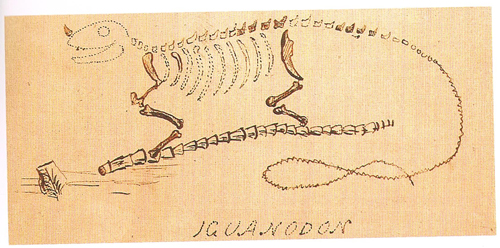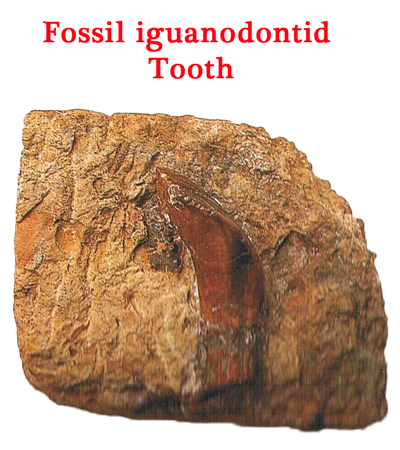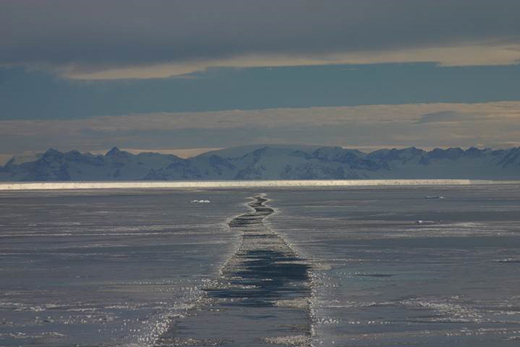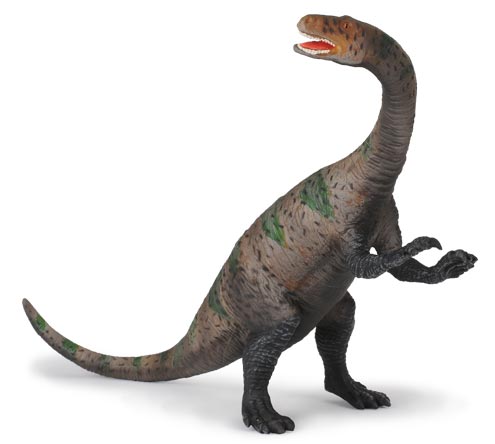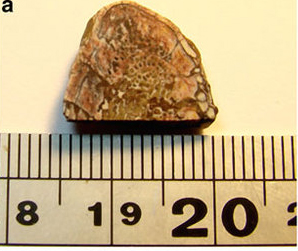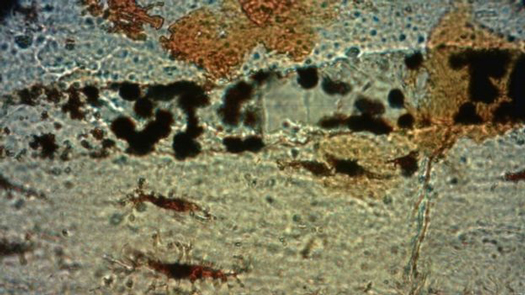Foundation Children and Year 2 Study Dinosaurs
January – A Month of Studying Dinosaurs
Children in the Foundation Stage and Year 2 at Our Lady & St Joseph’s Catholic Primary School, (Rotherham, South Yorkshire), spent last month learning all about dinosaurs and fossils.
The dedicated and enthusiastic teaching staff had put together an exciting and challenging scheme of work and as part of a planned range of experiences, Everything Dinosaur was invited into the school to deliver dinosaur and fossil themed workshops for the children.
Learning About Dinosaurs and Fossils
The visitor from Everything Dinosaur had already liaised with the teaching staff to ensure that the Foundation Stage 1 children (Nursery), could be involved. The Foundation Stage 1 children are split between a morning session and an afternoon session. To allow all the Nursery and Reception children to participate, it was simply a case of dividing the Reception class into two. This meant that some Reception children could have a workshop with the morning Nursery children, whilst the remainder of the class could have a workshop after lunch joining the afternoon Nursery class.
The dinosaur expert coordinated his lesson plans with the school so that each group had a similar kinaesthetic and visual learning experience. This would help the Reception class team, when the children were brought together again, to review the many photographs of the workshop as part of a recall/recounting activity.
Lots of Amazing Dinosaur Designs
Picture credit: Our Lady & St Joseph’s Catholic Primary School and Everything Dinosaur
Design Your Own Dinosaur!
Several extension ideas came out of the dinosaur workshops. For example, we challenged the children to have a go at designing their own dinosaur. We wanted to see if the children could label the body parts of their prehistoric animal creation, especially the skull. We carefully arranged the drawings from the classes, (the teacher had kindly sent in the drawings to us), on our warehouse floor, these were photographed before they were pinned onto our various display boards.
Imaginative Dinosaur Designs
Picture credit: Our Lady & St Joseph’s Catholic Primary School and Everything Dinosaur
We asked the Year 2 children to consider what colour the dinosaur might be? Where would it have lived? How would it have kept itself safe in the Age of Dinosaurs? This activity for the Reception children helps them with their fine motor skills as well as reinforcing ideas about our own bodies and how they differ from animals.
Imaginative Dinosaur Designs
Under the guidance of the teaching team, many of the children embellished their designs using different materials like sparkles, coloured circles, buttons and feathers. Feathers are quite appropriate as palaeontologists are confident that a large number of dinosaurs were indeed, covered in a coat of shaggy feathers.
For inspirational dinosaur themed arts and craft ideas and gifts: Prehistoric Animal Themed Toys and Gifts.
A Jessosaurus One of the Dinosaur Designs
Picture credit: Our Lady & St Joseph’s Catholic Primary School and Everything Dinosaur
A Long-Legged Dinosaur with Big Eyes
Picture credit: Our Lady & St Joseph’s Catholic Primary School and Everything Dinosaur
For further information about Everything Dinosaur’s teaching work in schools and dinosaur workshops: Email Everything Dinosaur.
Our thanks to the teaching team at Our Lady & St Joseph’s Catholic Primary School for sending into Everything Dinosaur such a super selection of dinosaur drawings.
Visit the award-winning Everything Dinosaur website: Everything Dinosaur.


